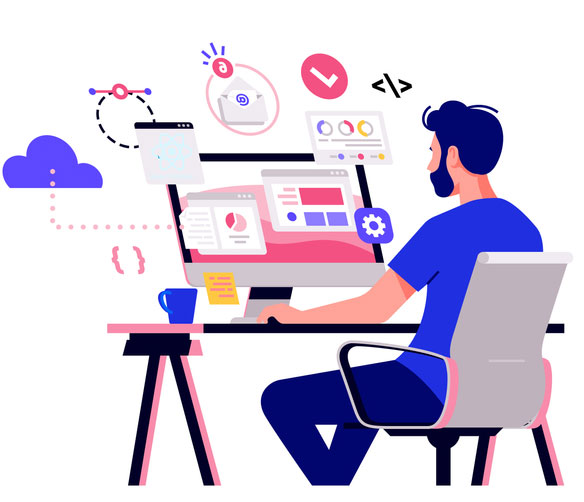Artificial Intelligence (AI) is revolutionizing businesses by improving efficiency, driving innovation, and enabling smarter decision-making across various industries. Advanced technologies like Natural Language Processing (NLP) are revolutionizing customer service with chatbots and virtual assistants, while machine learning and deep learning are enhancing predictive analytics and recommendation systems. AI-driven analytics offer comprehensive business insights, while AI-enhanced cybersecurity enables real-time detection and response to threats. Edge AI is revolutionizing IoT devices, smart manufacturing, and healthcare wearables with real-time data processing, while generative AI is generating innovative content and product designs. AI enhances supply chain management by optimizing demand forecasting, logistics, and supplier management, while personalizing user experiences in ecommerce, digital marketing, and customer service. AI advancements are enhancing business competitiveness, enhancing customer satisfaction, and driving digital growth in the digital age.
AI is revolutionizing industries by fostering innovation, enhancing efficiency, and facilitating intelligent decision-making. The latest AI technologies are revolutionizing businesses across various sectors:


